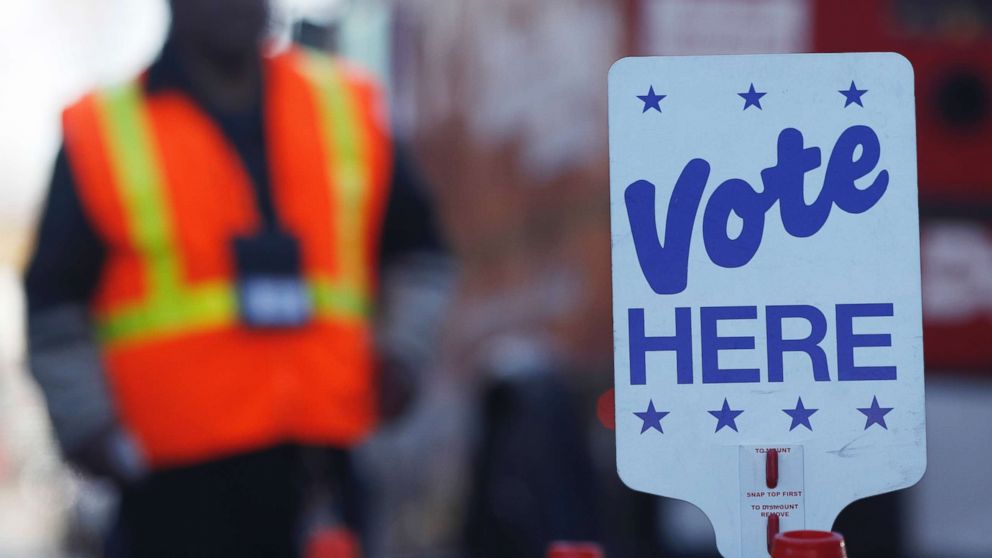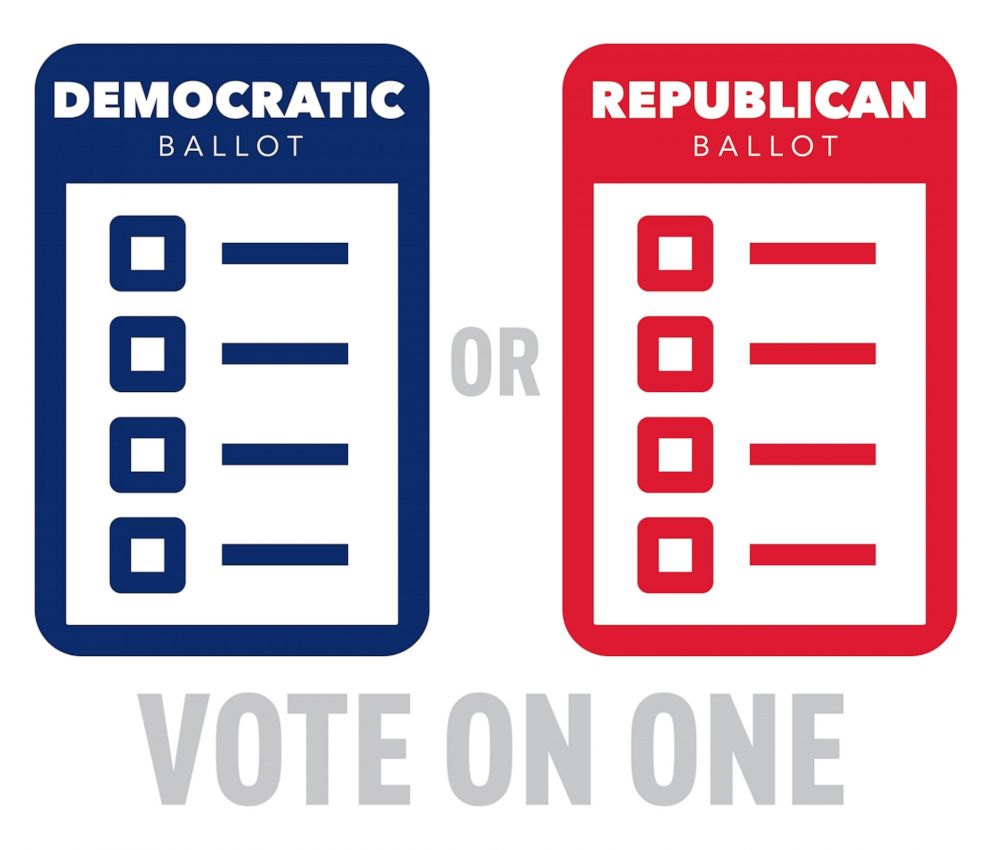Colorado independents can now vote in the primaries, but some of their votes might not count
Many Colorado independents incorrectly filled out their ballots.

For the first time, Colorado’s growing population of unaffiliated voters are able to vote in the state’s primary elections on Tuesday.
But some of their votes might be nullified.
In 2016, Colorado voters passed Proposition 108, allowing independent voters to vote in the primary elections. Now, they can request a party’s ballot before the election. If they don’t, they’ll be mailed all parties’ ballots but are instructed to fill out just one.
But as the state government sets out on a campaign to inform independent voters of their rights, the rules governing the process have confused some voters, several of whom filled out more than one party’s ballot.
In some counties, the number of independent voters who incorrectly turned in both parties’ ballots is as high as 8 percent as of last Wednesday, according to The Colorado Independent.
“Once the votes are in, there’s no way to fix it,” said Lynn Bartels, a spokesperson for the Colorado Secretary of State’s office.
While the Secretary of State’s office does not maintain official figures for the total number of rejected votes, there were nearly 600 rejected votes in El Paso County alone as of June 15, plus over 400 in Weld County, Denver County, and Boulder County combined. Voting continues through Tuesday.
Bartels said that most Colorado voters choose absentee ballots instead of voting in-person, implying that the mix-up could have a substantial impact.
“In the 2016 general election, 7% of all Colorado voters voted in person, 27% mailed in their ballots, and 66% used drop boxes,” she said, referring to the 24-hour ballot drop boxes available throughout the state.
This incorrect submission of ballots is in spite of the Secretary of State’s campaign, called called UChooseCO, to inform unaffiliated voters of the new rules.

The statewide initiative attempts to make it clear to independents that they can only choose one party’s ballot. It has its own official hashtag, Twitter account, and Facebook page, in addition to a webpage that states in bold, “Return only one ballot or your vote will not count.”
Last Thursday afternoon, UChooseCO assembled a “giant inflatable U” in downtown Denver, where campaign team members were on hand to answer questions about the voting process.
“Adams County...told me they have only to reject 55 ballots from 7,636 unaffiliated voters for turning in both ballots. That’s an incredibly low 0.72 percent rejection rate. They credit it to smart voters and this insert in their ballot package,” Bartels said, referring to a ballot package insert that says “We Want You...to return only ONE ballot” in large letters.
Prior to the Centennial State primary, 43,234 unaffiliated voters had requested a party’s ballot. Of those voters, 56% requested a Democratic ballot and 38% requested a Republican ballot, possibly signaling greater Democratic turnout this primary season.
“Unaffiliated voters who requested a third party’s ballot were given a packet of both the Democratic and Republican ballots since there are no third-party primaries this year,” Bartels said.
By Tuesday morning, a large plurality -- almost 49 percent –of unaffiliated voters whose ballots have been counted cast their votes for Democrats. And as Democrats seek to create a ‘blue wave’ this November, unaffiliated voter turnout could be the key to their victory.
“The irony is that this law was supposed to moderate the extremes, particularly in the GOP, but Trump’s dysfunctional presidency is on trial with voters this year. So that will mean unaffiliated voters flock to the Dem banner in 2018,” Democratic strategist Alan Salazar told The Colorado Independent.
But as Colorado’s population of unaffiliated voters grows to about 37 percent, some independents are still wary of voting in the primary because their ballot preference will become public record, though the specific votes they cast will not.
“You’re being tagged. You’re selecting something that’s now tied to your record,” Amber McReynolds, the director of elections for Denver County and an unaffiliated voter herself, told The Colorado Independent.
Historically, Colorado’s unaffiliated voters have not turned out in high numbers. Formerly, they were required to register with a party to vote in the primary.
“In the last four primaries, a total of 39,831 unaffiliated voters participated,” Bartels said, referring to a June 19 news release by the Secretary of State’s office.
This year, that number has more than quadrupled.
As of Tuesday morning, 198,103 ballots were cast by independents.




